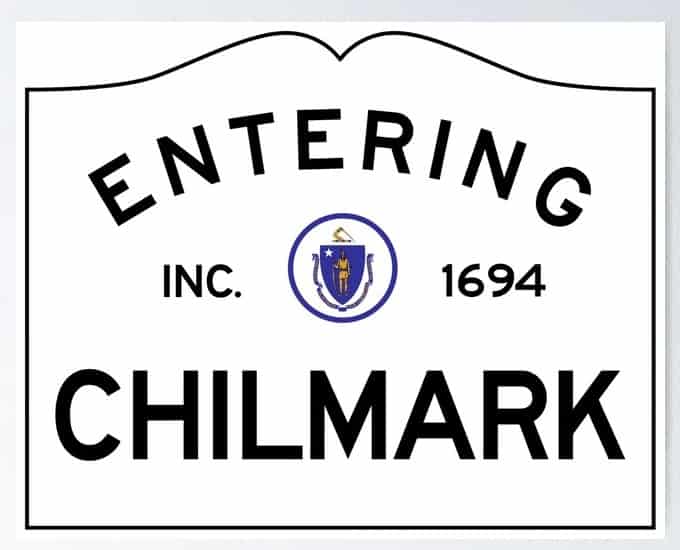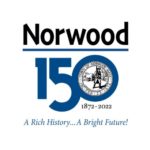
6
DecA Sign From Nearby
 Not that far from here, Martha’s Vineyard is one of the northeast’s most popular vacation spots. The name may evoke past summer vacations, time spent with friends and family, and windy ferry rides. Or it may bring to mind quaint shops, bike rides, and beaches. Or maybe you even know every location on the island where Jaws was filmed. Either way, most people in this area know something about Martha’s Vineyard.
Not that far from here, Martha’s Vineyard is one of the northeast’s most popular vacation spots. The name may evoke past summer vacations, time spent with friends and family, and windy ferry rides. Or it may bring to mind quaint shops, bike rides, and beaches. Or maybe you even know every location on the island where Jaws was filmed. Either way, most people in this area know something about Martha’s Vineyard.
If you grew up here, you may have learned about the Wampanoag people and how they were the first inhabitants of the island. Many school children are taught in history class about the island as a stop for sailing and fishing vessels, and the role of its ports in the whaling industry. But until I read Ann Clare LeZotte’s book, Show Me A Sign, I didn’t realize it was also the location of one of the earliest known Deaf communities in the United States. (*Note – “Deaf” refers to a group of people without hearing who share a language and culture. The lower case “deaf” refers to the condition of not hearing.)
Though the book is not based on a true story, it is the juvenile historical novel at its best, enlightening the reader about a little known historical footnote through compelling storytelling. Chilmark, a town on the Vineyard, had a robust Deaf community for about 200 years. Historians have been able to trace the beginnings of the community to Jonathan Lambert, a man from Kent, England who came to the island in the late 1600s. Lambert was congenitally deaf, and when his wife bore their children on the island, two of them were also born deaf. This family provided the genes that would spread over generations, creating a significant Deaf population.
Chilmark was a somewhat secluded town. All the other towns on the island had their own port, but Chilmark did not. It was also hard to get to from the rest of the island, as it was surrounded by swamps and rocky terrain. Before better roads and transportation, it could take more than a day to get from Chilmark to other towns. This seclusion led to a limited gene pool within the town, and by the mid 1800s, Chilmark’s Deaf population was 1 in 25 residents (in the rest of the US, it was 1 in 5,700 at the time.) Because of this, almost every family had a member who was deaf. In order to communicate with each other, every member of the community knew sign language. The language would later become known as Martha’s Vineyard Sign Language (MVSL) and, as its name suggests, was unique to the island. (To learn even more about this fascinating history, check out Nora Ellen Groce’s Everyone Here Spoke Sign Language: Hereditary Deafness on Martha’s Vineyard.)
All of this was the setting for LeZotte’s Show Me A Sign. The main character, Mary Lambert, is a distant descendant of Jonathan Lambert, and is deaf. In her community, this is so common, it is barely spoken of or thought about, and Mary has no idea that Deaf people are treated any differently beyond their island. She is a normal tomboy, always looking to escape her chores, who loves nothing more than causing trouble with her best friend, Nancy. But Mary’s brother was recently killed in an accident, and her family is grieving. Her mother is the most devastated, and Mary doesn’t know how to be around her. She yearns to escape the sadness of her house, and spends much of her time walking and creating stories in her head. When an outsider visits the island to learn about Chilmark’s unique community, he brings with him the outside world’s notions that Deaf people are somehow damaged. While he seeks to discover the cause of deafness in the community, Mary finds an outlet for her frustration and sadness in challenging him. Unfortunately, Mary does not understand the lengths to which he will go to make a name for himself, and his cruelty will change Mary’s world forever.
In an interview with diversebooks.org, LeZotte talks about how she didn’t want to write a book where a Deaf child living in the hearing world has to overcome obstacles to become accepted. She learned about Chilmark in the 1990s when she lived on the Cape. When she took a trip to the island, she learned about its history and MVSL. LeZotte, herself a Deaf writer, knows that Deaf children do not have enough representation in any media, and she wanted to write a story where the main character’s lives and language are completely normal for them. Mary Lambert does not have to prove to her community that she belongs; an ableist outsider, ignorant and cruel, is the problem.
Ann Clare LeZotte recently released a second book about Mary, Set Me Free. This book sees Mary trying to help a young girl who was not fortunate enough to have been born in a place where her deafness was understood. Both of these books offer young people an invaluable perspective, and hopefully lead them to question what is normal, how they might see people differently, and whether or not “different” is something that necessarily needs to be changed or fixed. These are just some of the issues that great fiction can raise, and allow children to broaden their world view. LeZotte’s writing provides ample opportunities for that expansion.
Nicole Guerra-Coon is an Assistant Children’s Librarian at the Morrill Memorial Library in Norwood, MA. Look for her article in the December 2, 2021 issue of the Transcript and Bulletin.








